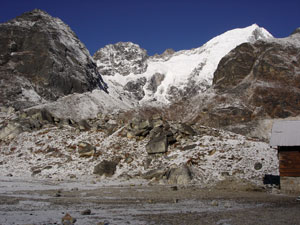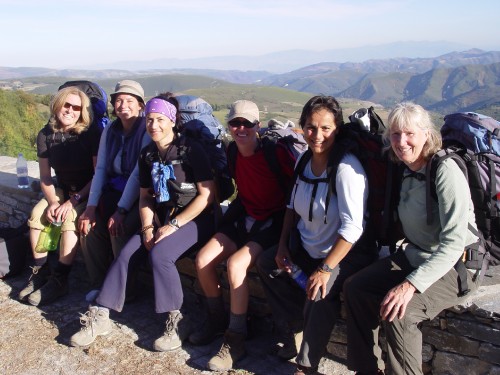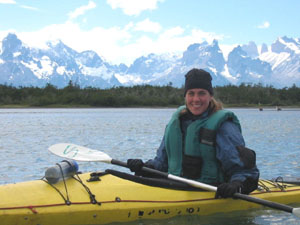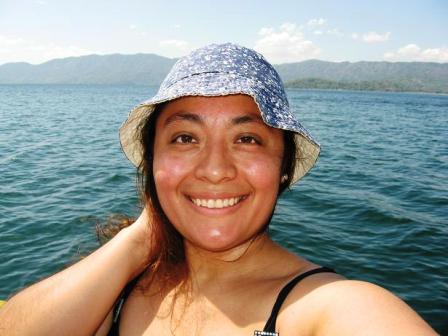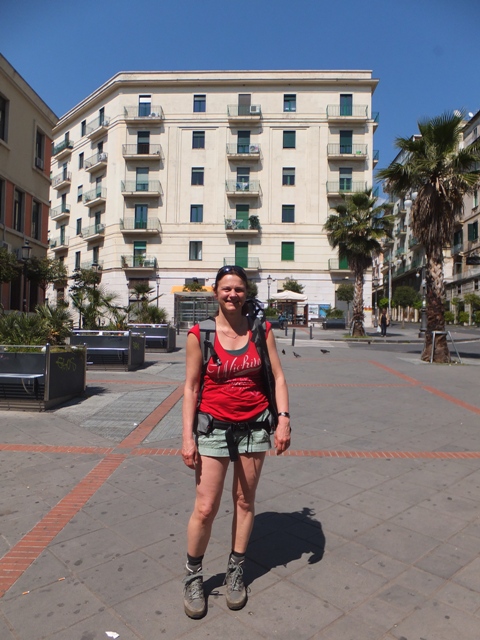I have written about my dentist before who is a really cool guy. Not only is he a dentist, but he is also a practicing lawyer. More than that he is also a world traveller and an active global volunteer. Dr. Arya recently did a treek through Nepal, which he described as his most challenging travel experience ever, physically and mentally. Read here about his adventure in Nepal:
1) Please give us a general itinerary of the trip and a description of the trekk
Our trip was a 12-day trip in which we landed in the Delhi and eventually made our way by various modes of transportation to the State of Sikhim, which is in the very northern part of India. Sikhim is a very controversial state, as it is the subject of many territory disputes between China and India. However, I believe that China has just recently officially recognized it as a part of India. The trekk involved first going to Darjeeling (yes, where the tea originates!), where we rested up and slightly acclimatized ourselves for 2 or 3 days in a very picturesque, tranquil setting. From there we took a 7 hour jeep ride up into Yuksom (Sikhim), a little village where trekkers usually start their journey. The long jeep ride itself was quite exciting as you are going up mountains on very narrow roads, and cars are coming from all over not paying particular attention to which side of the road they should be traveling. One side of the road has a sheer cliff with no guardrails, and you think you are going to fall down any moment.

Beautiful Samiti Lake
There were also some hilarious road signs going all the way up, reminding people to drive slowly: For example, “Don’t hurry, so that you can enjoy your curry”, or “Donate your blood at the blood bank, not on the highway.” We really got a chuckle out of these signs. Finally, after the long ride we made it to our starting point for the trekk where we stayed in a very basic hotel. It was probably a one-star hotel; however little did we know that this would actually be luxury compared to the accommodations that were still to come.
On our trekk we had with us one sherpa guide, 2 sherpa cooks, and 2 sherpa horsemen for carrying supplies. The carrying animals are small ponies or yaks, since they are the only animals that can make it through the rough terrain.
We started the trekk with daypacks- weighing less than 20 pounds. We also carried water and fancy gear such as climbing poles, fancy hiking boots, etc. Members of 6 person group also carried medical and trekking kits. The heavier bags were put on the animals and taken up. So, we were excited and ready to go.
Basically, every day we walked about 20 km or so which took about 9 hours to do. We typically walked uphill for 8 or 9 hours straight with a one hour lunch break through various terrains. The vegetation changes the higher up you go. We started at an altitude of about 2000 m where the vegetation was very green and lush. As we got to 4000 m (equivalent to the top of the European Alps) around the second or third day of the trekk, we started to see rhododendrons fade, less green and more shrubs. We spent about a day at that altitude to acclimatize ourselves.
We stayed in wood huts or tents that had no electricity, no running water, no furniture, no plumbing, or no heat. The nights got really cold, so the sherpas would boil water and fill it into our drinking bottles. We took those hot bottles and put them into our sleeping bags to keep warm. The next day we used the same water as drinking water. For the entire 8 days we did not really substantially change our clothes; we just changed socks in order to avoid blisters. You certainly don’t want to expose skin too long in this environment.
Interestingly enough, at about 4000 m I actually got a severe headache, my nose started bleeding, and my ears were ringing really bad. Every night we would have debriefings: however that night I did not participate in the debriefing since I wasn’t feeling well at all. I was very quiet. I took some diamoxx to help me more quickly adjust to the altitude.

The next day I felt better, and we kept on going up. At about 4500 m we started to see snow and sleet. At about 5000 m we reached Samiti Lake, which is a high altitude lake. It is very odd to see a little lake in the middle of these mountains. We camped out there, this was our pinnacle day.
The next day we aimed to go to Lagochla which was going to be the high altitude point for the trekk. Of the 6 people in our group, 4 of us decided to make it to Lagochla. Last year 6 Germans actually died on this stretch because of an avalanche. They had been instructed by the sherpas not to go, but they went anyway- killing themselves and a poor porter.
To reach Lagochla we left at 2 am, when it was pitch dark outside. We had headlights on our heads and followed closely on the guide’s footsteps. We were literally walking on the edge of cliffs at times. You don’t know how far down the cliff is- it could be 2 feet or 200 feet. All you can do is just concentrate and keep on walking. At 2:30 am, my hands started hurting because of the cold. Since it was so early into the trekk I did not want to say anything and embarrass myself. Right about that time, the girl in front of me stopped and started to complain about the same thing. We all stopped to evaluate the situation. She pulled out a heat pack to warm her hands. I found that the act of moving fingers back and forth quickly actually calmed our fingers down. We continued to climb and at 4:45 am we reached our pinnacle. We didn’t go any further than that. We had hit Lagochla I. Lagochla III was slightly ahead and was to be our planned destination; however the sherpas felt it was too dangerous to continue. There was some heavy debate amongst them and then us. We decided we were done and would watch the sunrise from this point. Then we all did a little prayer with the sherpas. We savoured the view, which is, of course, unbelievably beautiful. We were very close to Katchachamanga, the 3rd highest peak in the world. The view was truly spectacular. I made a mental note as we turned around at 5:10 am and I thought of my wife, saying to myself “I am coming home”. Little did I know that the walk back was extremely hard as well, it was very slippery and dangerous and very hard on the knees. At that point we were 4 days into the hard trekk and we had another 4 days to go.

The “Stonebreakers”
